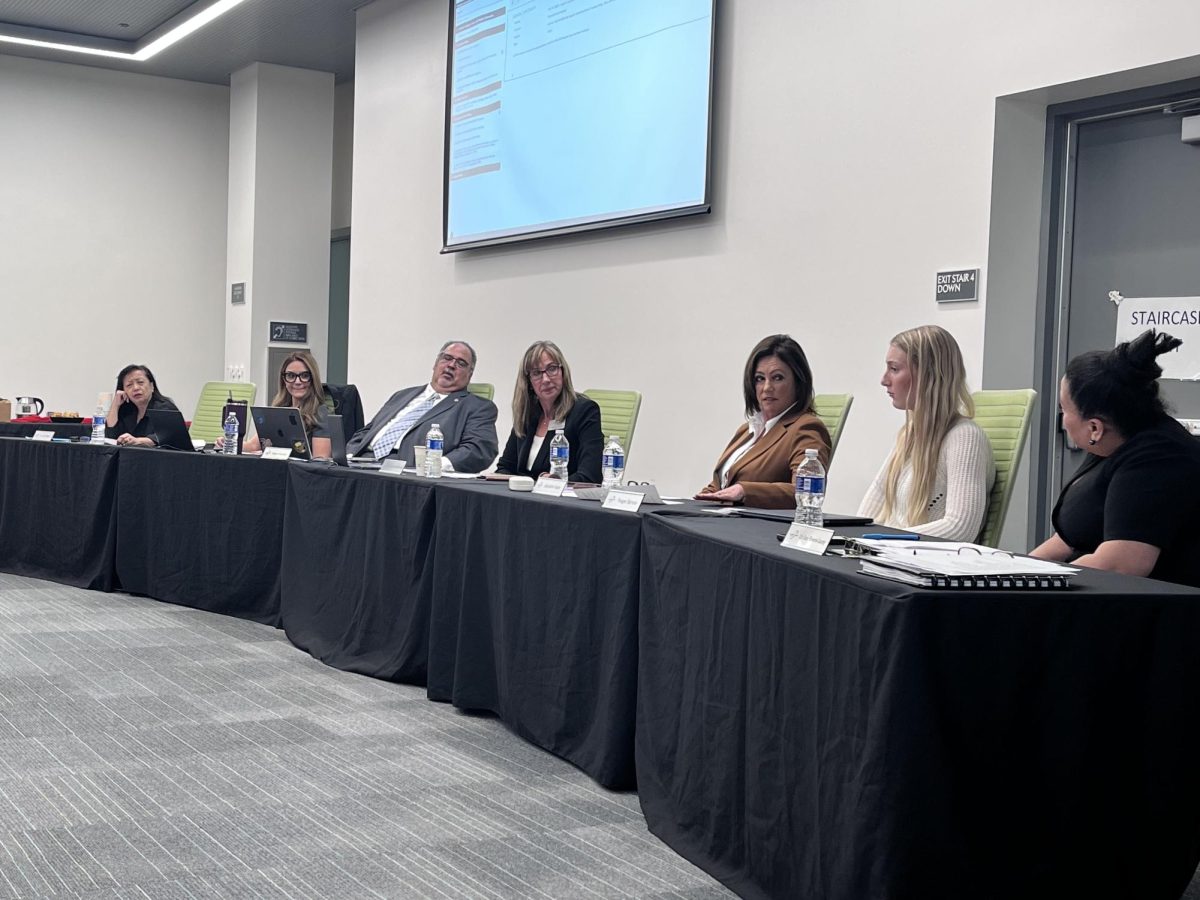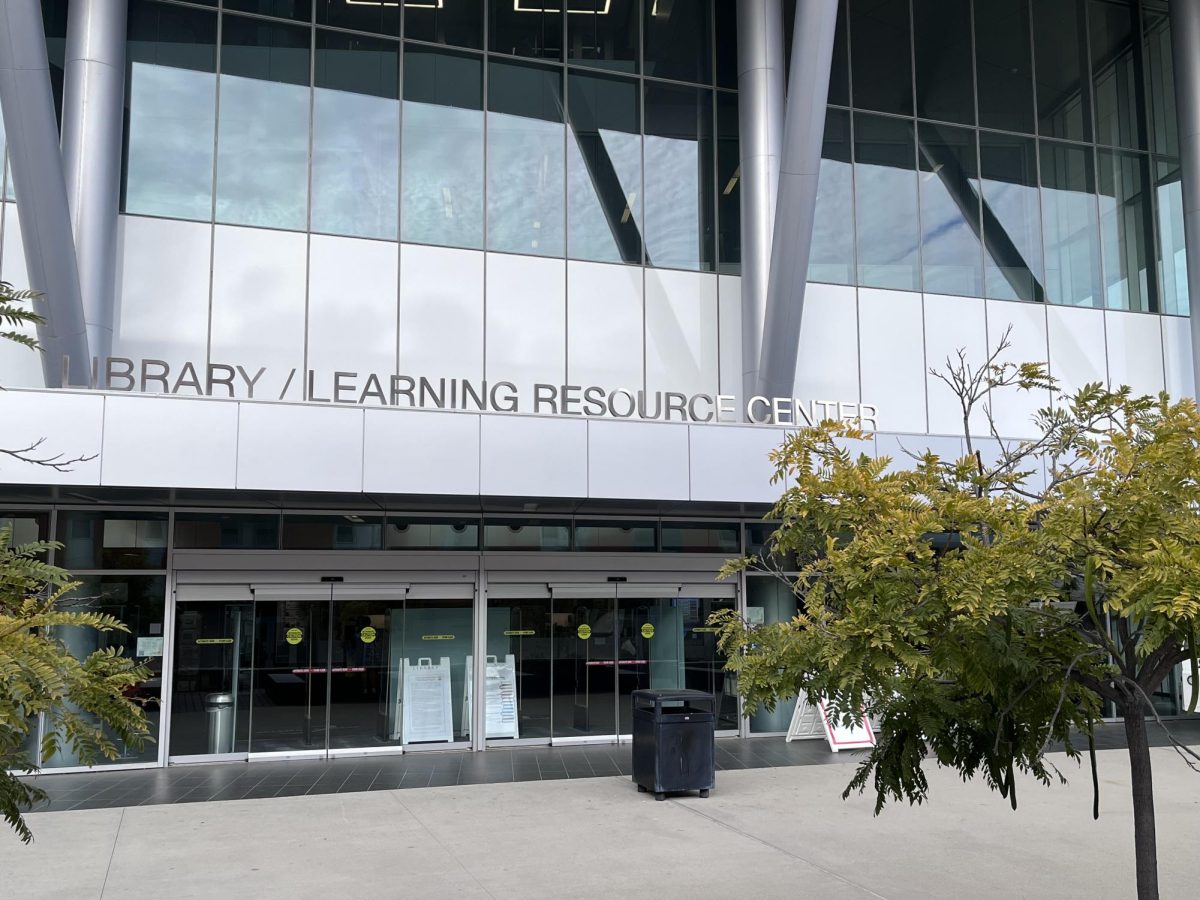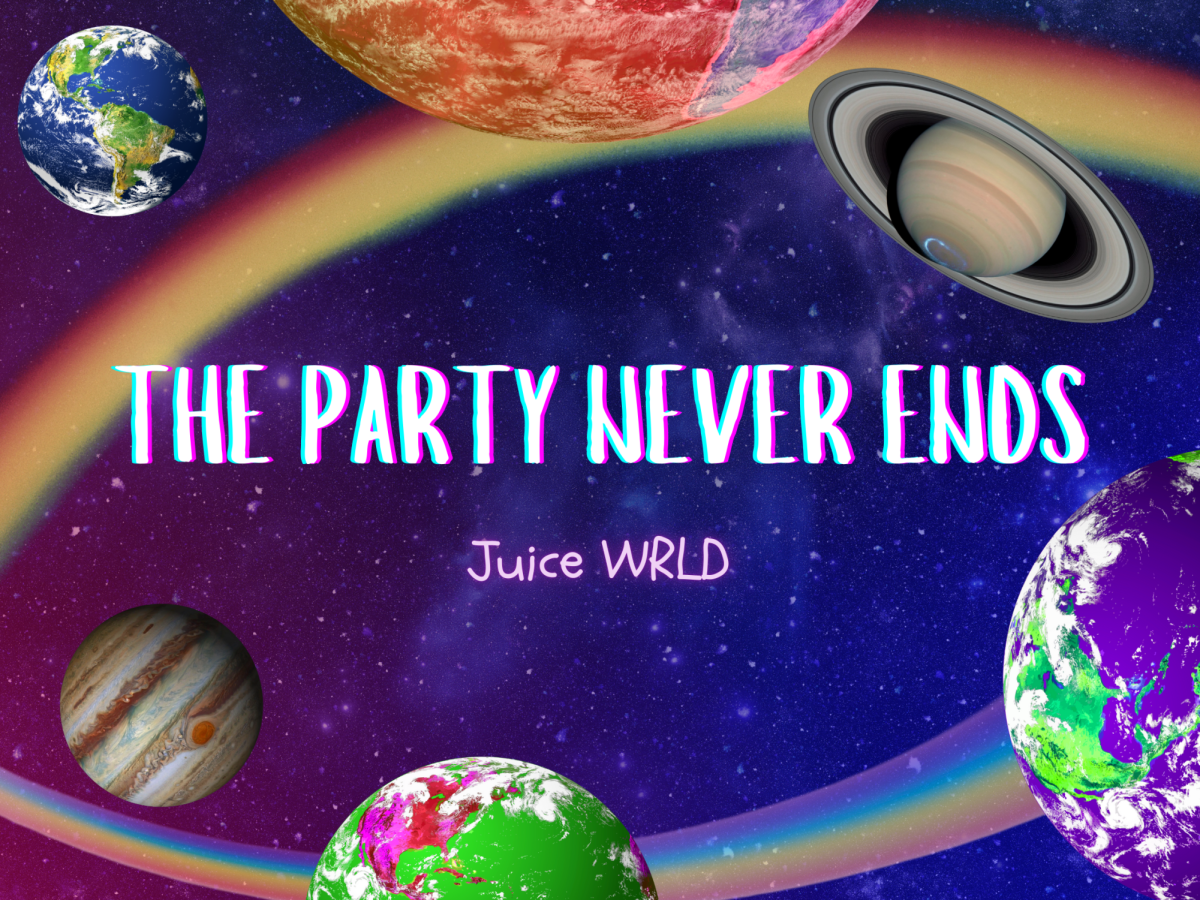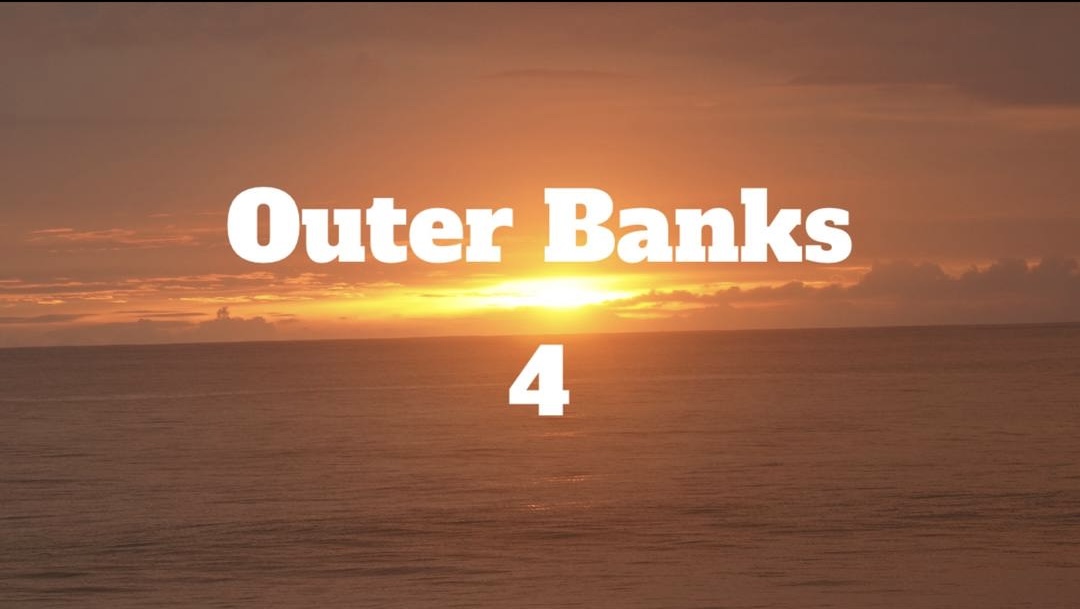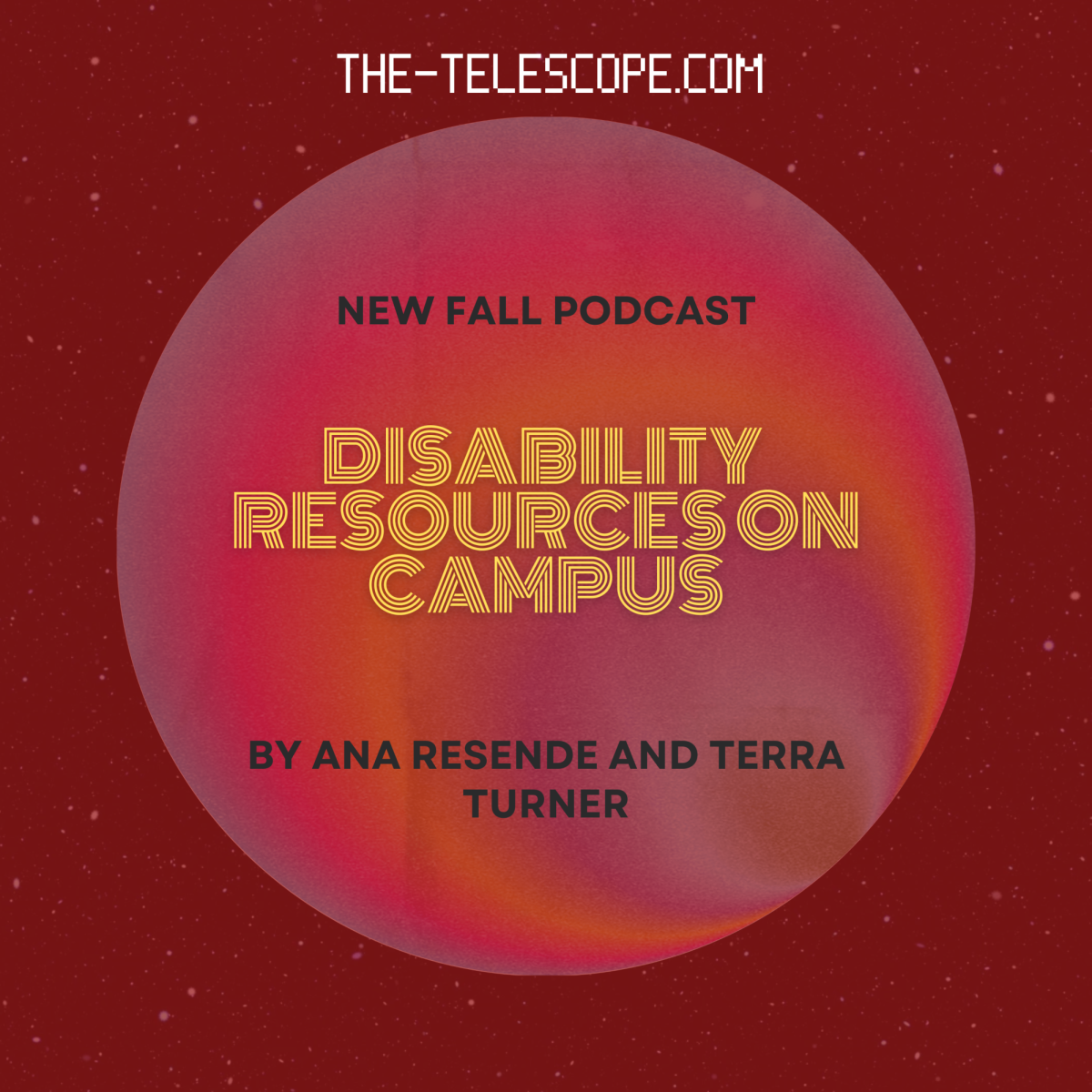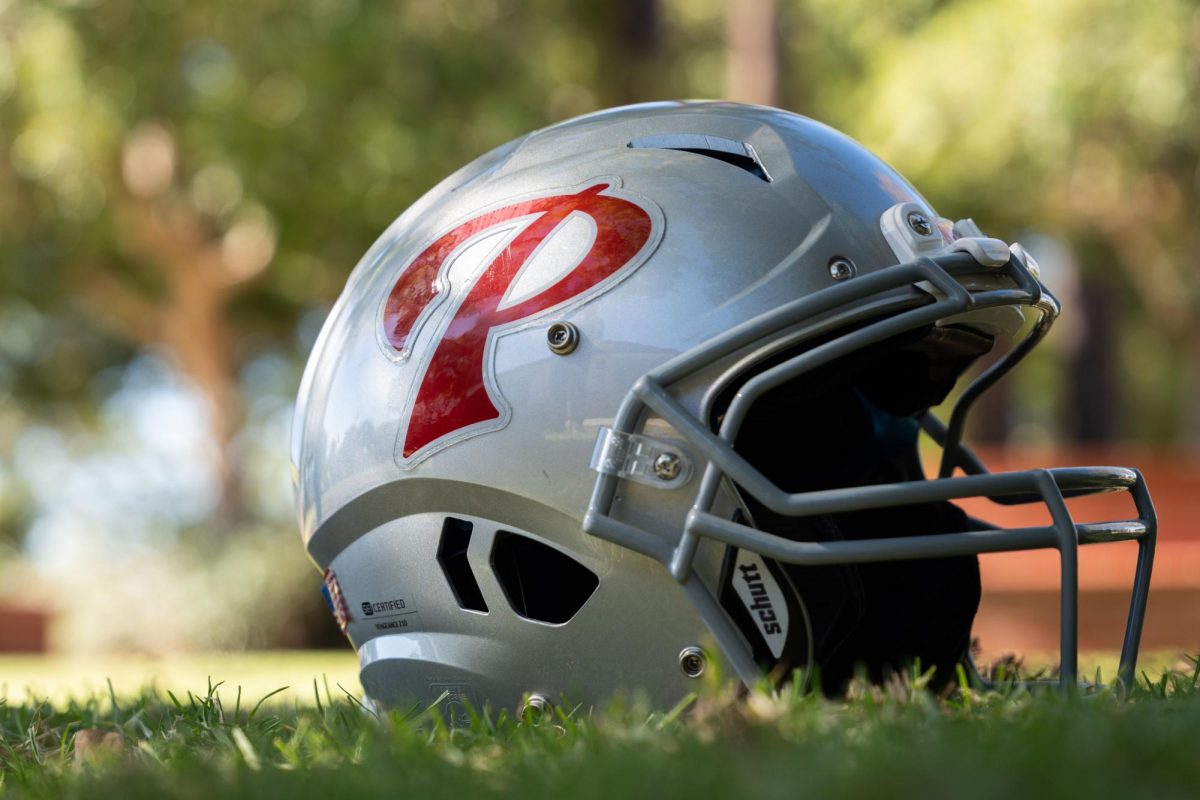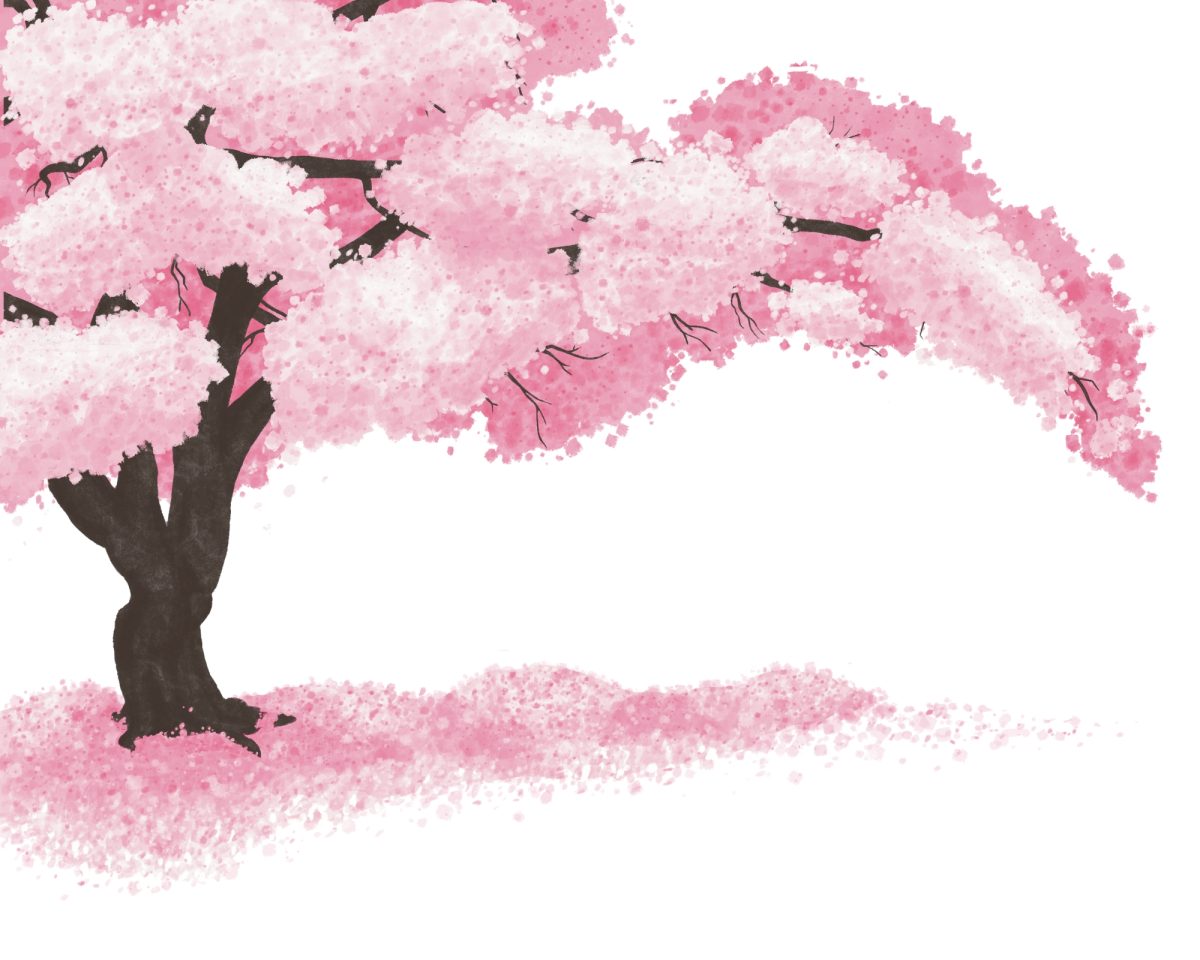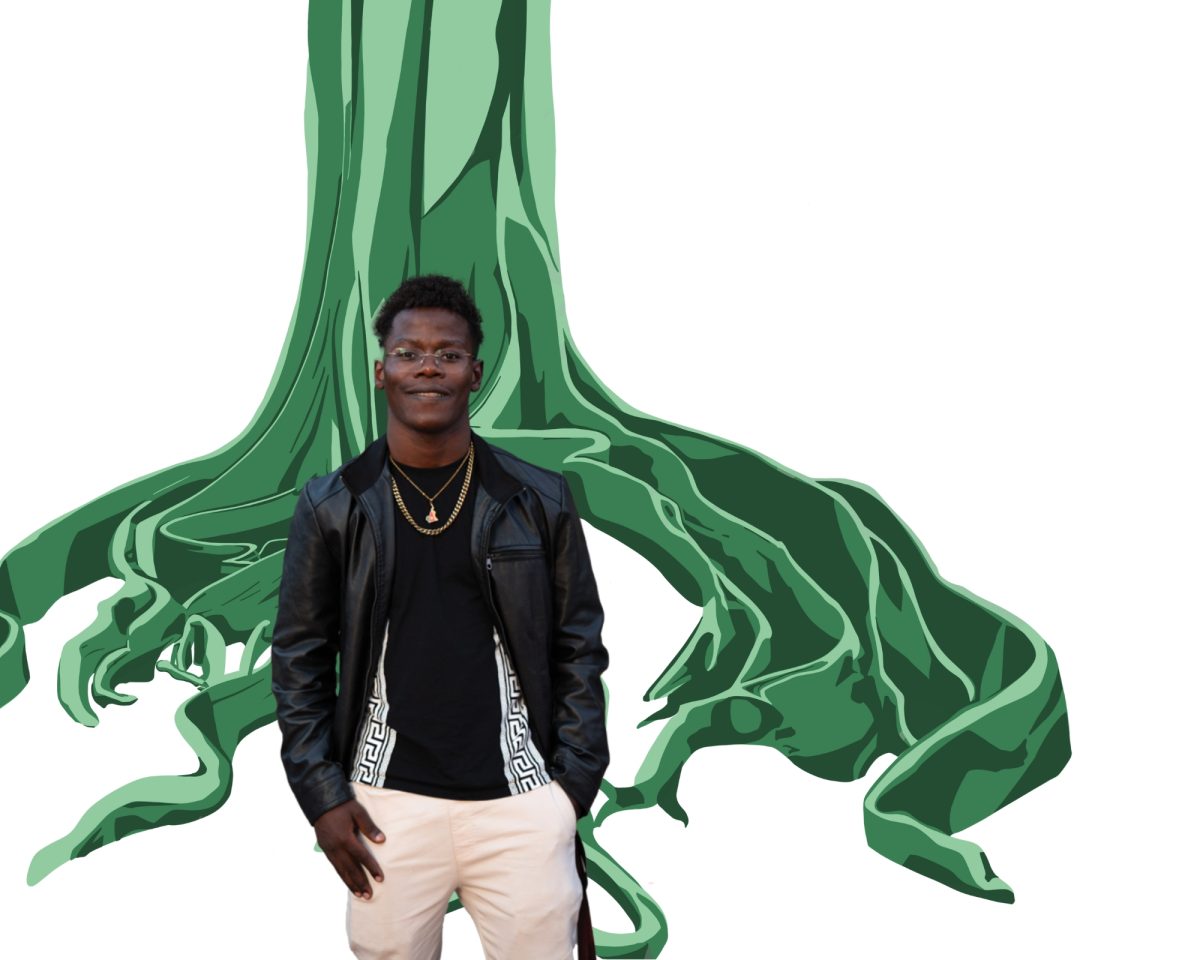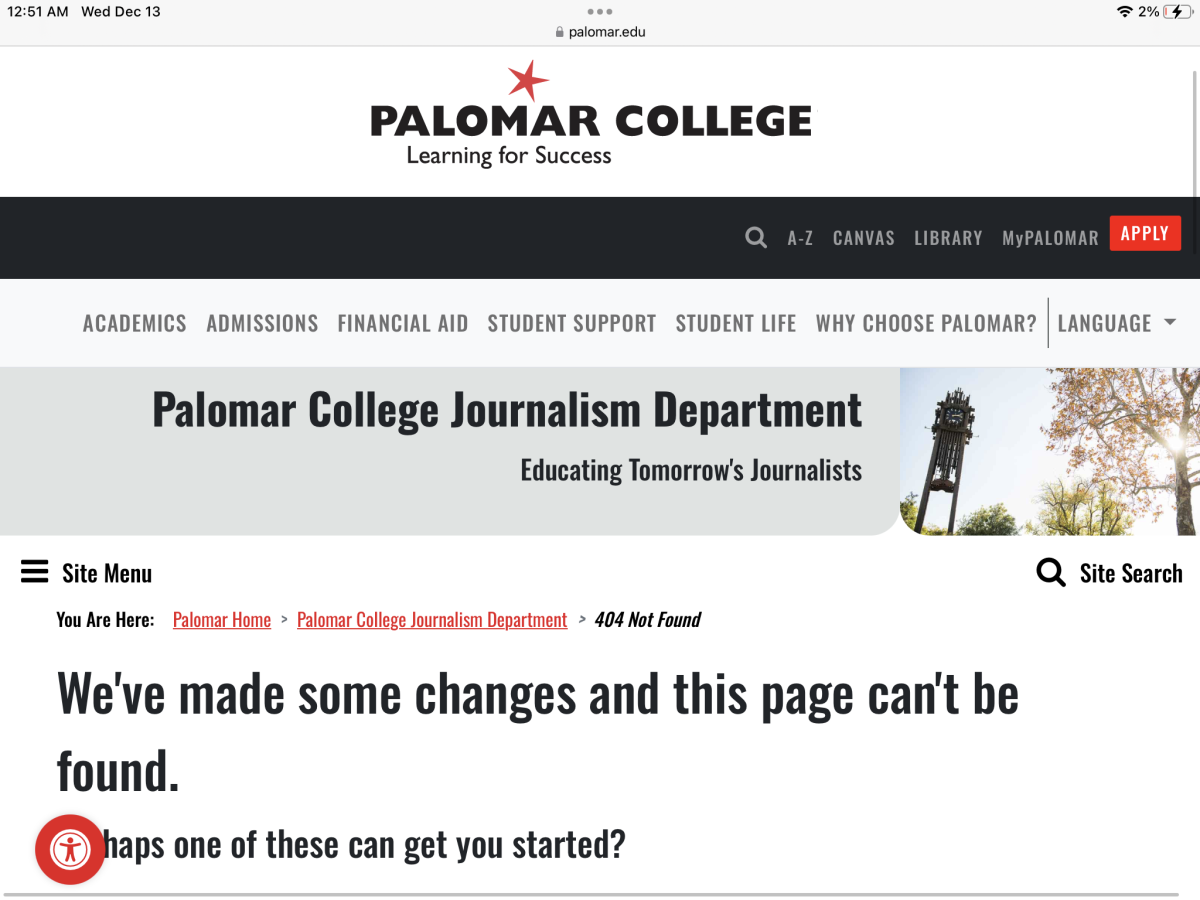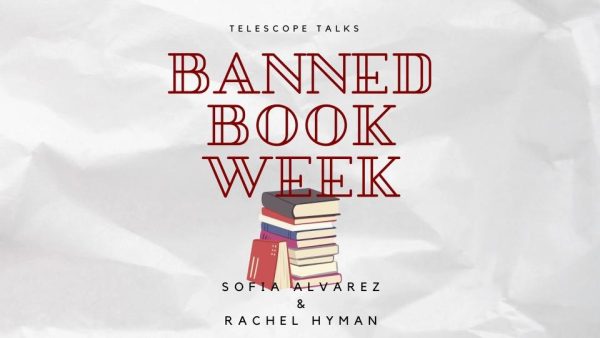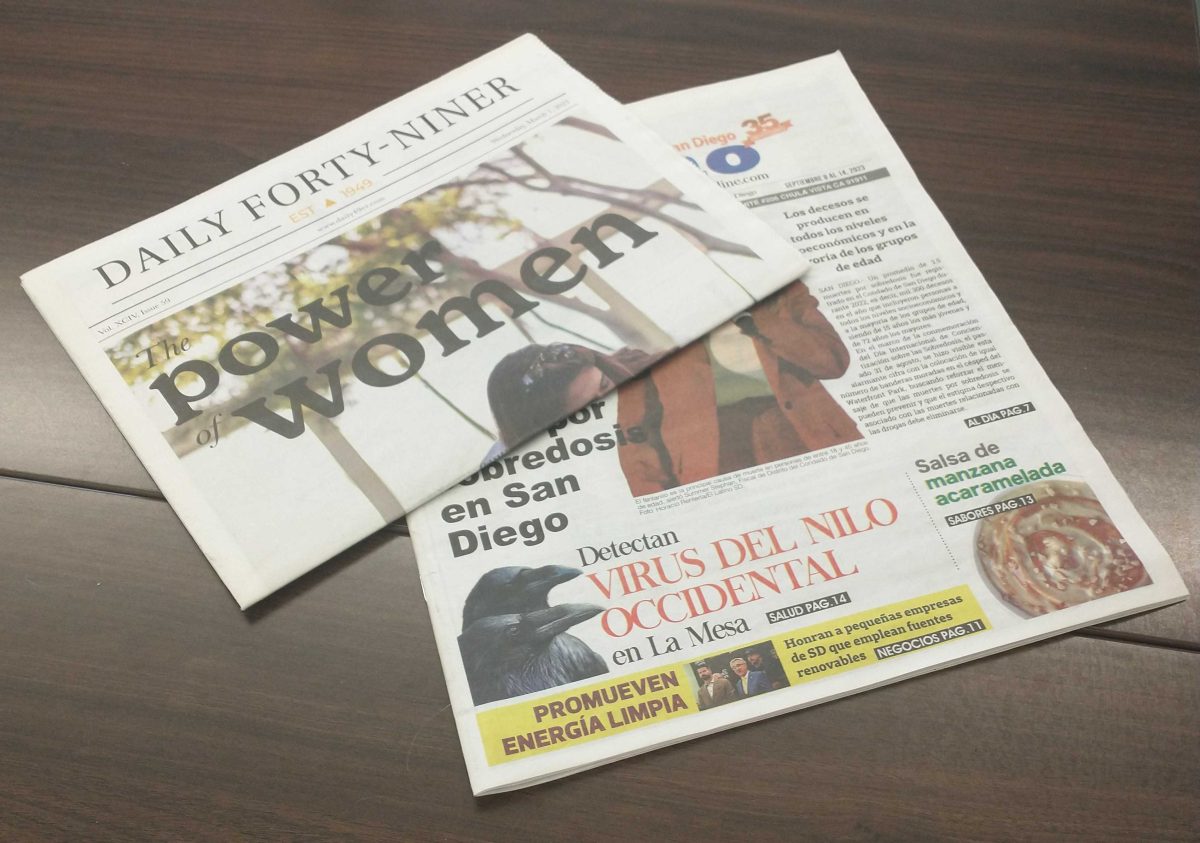Nearly every single piece of plastic we have used in our life still exists somewhere on the planet, including your toothbrush.
There has been a recent push about lessening personal plastic usage. Designed to last forever, plastic has become a target for elimination by environmental activists. Even Starbucks has taken steps towards eliminating plastic straws to decrease their waste impact on the environment.
There has been a lot of debate surrounding the plastic straw, but a new conversation is starting, and this time it’s about toothbrushes.
Made up of mainly plastic-based materials, toothbrushes have become a culprit in the global pollution problem. Plastic harms the environment due to the synthetic materials that make up the material.
These synthetic materials are what prevent plastic from decomposing naturally. If not recycled, plastic often ends up polluting the cities, sewage systems, and eventually the ocean.
When this happens, plastic will begin to attempt decomposition. When plastic decomposes, it shrinks as it releases toxic chemicals into the environment. These shrunken pieces of decomposed plastic are called microplastics.
According to the National Oceanic and Atmospheric Administration, “microplastics are small plastic pieces less than five millimeters long which can be harmful to our ocean and aquatic life.” It’s for this reason that eco-friendly toothbrush alternatives have been on the rise.
These plastic pieces harm aquatic life because fish and birds often mistake the microplastics for food. National Geographic claims that 8 million tons of plastic enter the ocean every year. Toothbrushes included.
Due to the sudden awareness of plastic pollution, people are starting to find alternatives to the plastic items we use on a day to day basis. One example of this is environmentally friendly toothbrushes.
Eco-friendly toothbrush alternatives are helping reduce waste in our environment by using thoughtfully sourced materials. Customers can buy an eco-friendly toothbrush at stores such as Sprouts, Whole Foods, even Target. The toothbrushes cost around $5 a piece.
Most eco-friendly toothbrushes are made from biodegradable, recyclable and compostable materials including plant starches and bio-based plastics.
I’ve personally tried two different kinds of eco-friendly toothbrushes, and here are my thoughts: Brand transparency is key: not every eco-friendly toothbrush is 100% eco-friendly. The toothbrushes aren’t necessarily budget-friendly, but even then, they are made from materials stronger than plastic, so the durability certainly saves money in the long run.
Eco-friendly toothbrushes are a better option if you are looking for ways to live a more sustainable and waste-free lifestyle.
The first brand I tried was the Humble Brush from The Humble Company. Their toothbrush is made with a 100% biodegradable bamboo handle and the bristles are made with recyclable nylon-6 plastic.
Nylon-6 plastic is not biodegradable, but Humble Brush puts a warning on their toothbrush boxes that give directions on how to recycle the bristles on the brush. Although their brush is not 100% biodegradable, Humble Brush is a company that makes an effort to remain transparent to their customers.
The next toothbrush I tried was from the brand My Magic Mud. The toothbrush looks and feels like plastic, which confused me at first. According to the My Magic Mud website, the toothbrush is made out of bio-based plastic.
This bio-based plastic is made from cellulose derived from wood scraps that are sustainably harvested. This toothbrush was made with sustainable resources in order to help reduce landfill waste.
Unlike Humble Brush’s clear instructions on how to dispose of your toothbrush properly, My Magic Mud fails to instruct the customer on how to do this.
If you’re searching for a good way to decrease the amount of waste you produce, start by switching out your plastic toothbrush for an eco-friendly alternative. Find an eco-friendly alternative that works best for you, and if not for you, do it for the sea turtles. The ocean will thank you.

